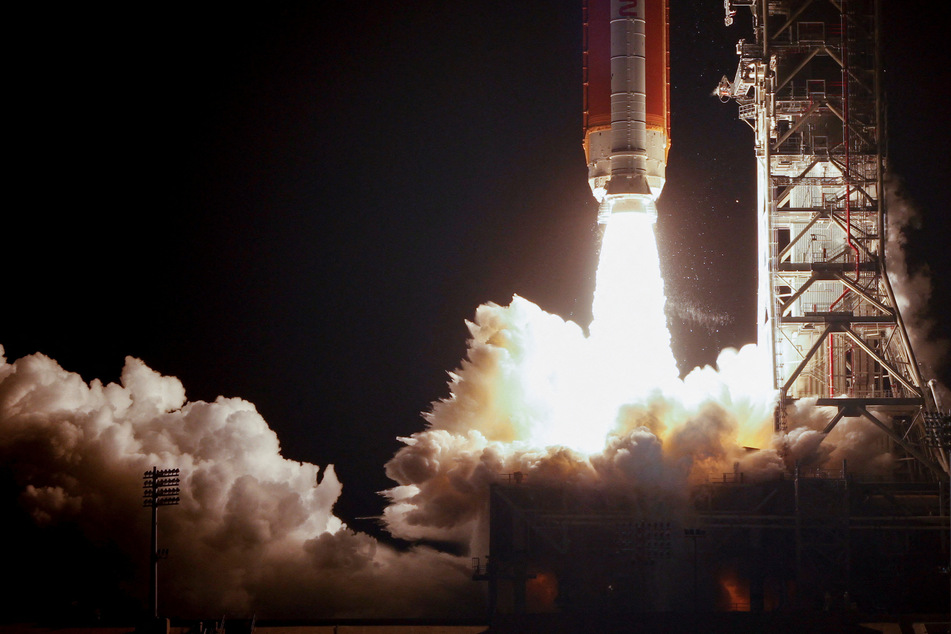NASA's Artemis 1 test mission enters orbit around the Moon
Some 10 days after the launch of NASA's unmanned Artemis I space mission, the Orion spacecraft has entered the Moon's orbit.

NASA flight controllers "successfully performed a burn to insert Orion into a distant retrograde orbit," meaning the spacecraft will fly some 40,000 miles above the Moon, the US space agency said on Friday.
Due the distance of the orbit, it will take the capsule about a week to perform a half orbit around the Moon, after which it will exit the lunar orbit again to begin its return to Earth, according to NASA.
Orion was also due to break the record for the farthest distance traveled from Earth by a spacecraft designed to carry astronauts on Saturday, a record set by Apollo 13 in 1970.
NASA's new Artemis moon program finally kicked off last week with the launch of the Orion spacecraft, following multiple delays.
It aims to land US astronauts on the Moon again for the first time in almost 50 years.
The Artemis I mission, which is unmanned, will take the Orion spacecraft 40,000 miles beyond the Moon in order to demonstrate its capabilities.
After its return to Earth, Artemis II, Orion's first manned spaceflight, will follow.
A Moon landing will be the high point of the Artemis missions. Originally earmarked for 2024, the landmark event is now scheduled to take place in 2025 at the earliest.
The mission will take four astronauts to lunar orbit in the Orion spacecraft, where two of them – at least one of them a woman – will transfer to a SpaceX lander for the final approach to the Moon.
The US sent 12 astronauts to the Moon between 1969 and 1972.
Cover photo: REUTERS
